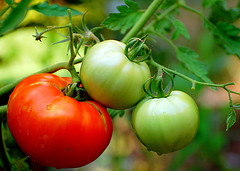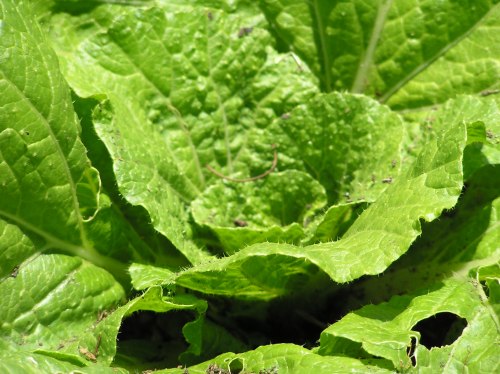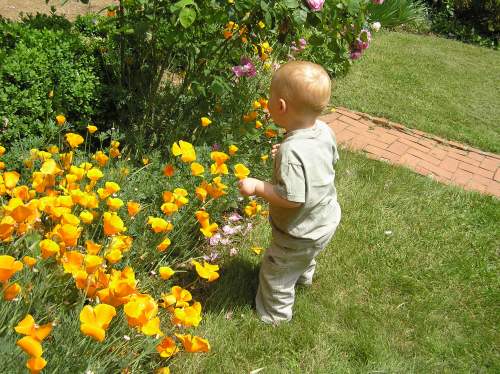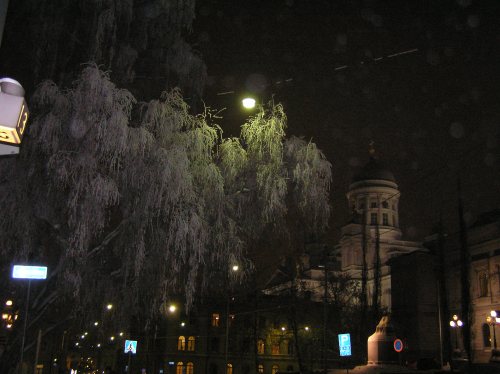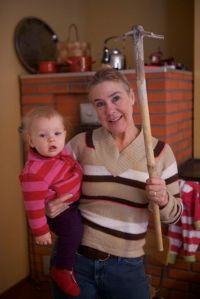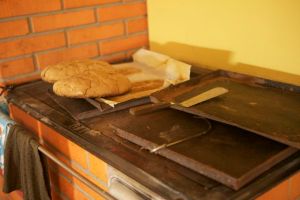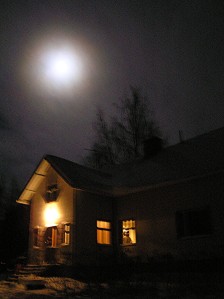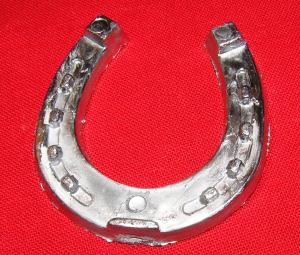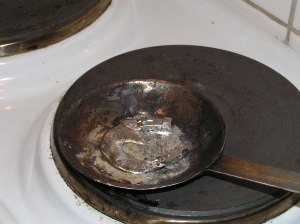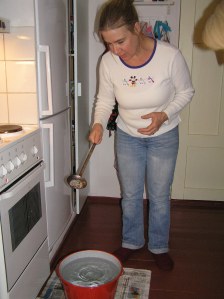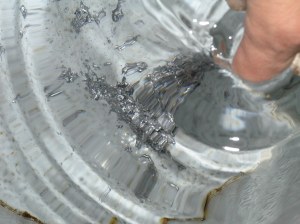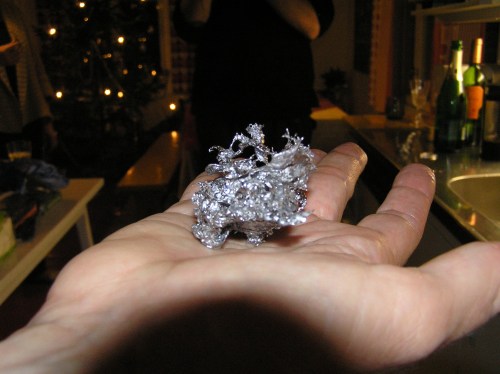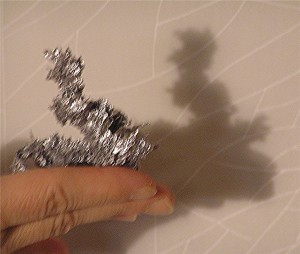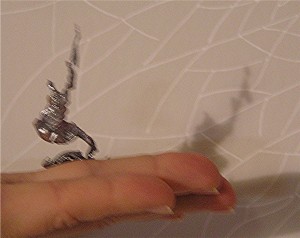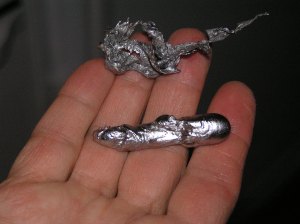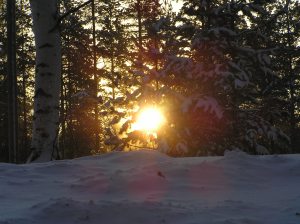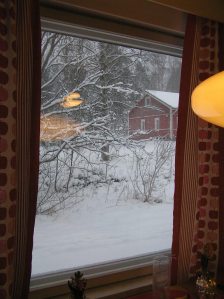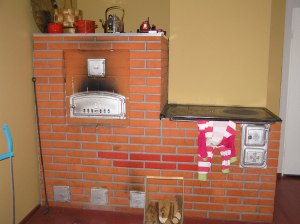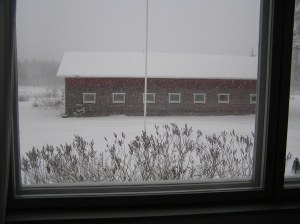
The escalating rate of childhood obesity in the U.S. is just one example of “the canary in the coal mine.” There is a much larger, more encompassing issue at hand of which childhood obesity is just one symptom. This issue is a growing disease/addiction I call “sedentarianism.” In my book published last November, 2009: The New Physics of Childhood: Replacing Modern Myths with Simple Solutions, I introduce the concept of sedentarianism because in order to fully address the problem of obesity, behavioral issues and an increasingly illiterate and unskilled labor force in the United States, we need to look at all of the connected and contributing factors to our increasingly sedentary lifestyles, not just school lunch programs, high-fructose corn syrup or income disparities.
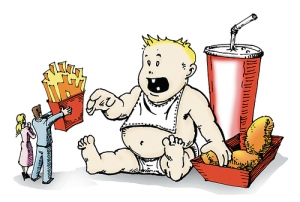
The terms sedentarianism and sedintarianism and sedentarism have been used by others before in publications and posts, yet this post is not do dispute the word itself, but to understand the term itself and its implications in our global future.
The definition of a disease is: 1. A pathological condition of a part, organ, or system of an organism resulting from various causes, such as infection, genetic defect, or environmental stress, and characterized by an identifiable group of signs or symptoms. 2. A condition or tendency, as of society, regarded as abnormal and harmful.
The broad medical definition of an addiction is: persistent compulsive use of a substance known by the user to be physically, psychologically, or socially harmful..
I make my case below for a more conscious global plan to combat sedentarianism. You can decide whether or not it qualifies as a disease or an addiction. Regardless, I hope you will agree that it is worthy of escalated attention.
Sedentarianism is the abnormal daily way of life for a growing number of Americans, adults and children, evolving subtly and slowly over decades of cultural shifts, inventions, and failed policies. We are now in a moment where many of us don’t even realize that sedentarianism is an abnormal way of life, that it is extremely life-threatening and contrary to the physical, psychologial and social needs of every person it affects. Shift-by-shift and invention-by-invention, we have been and still are, chipping away the amount of physical activity and outdoor activity that each American gets compared to life 50 years ago. With every next new technological invention or seemingly helpful new product or service, we are slipping deeper and deeper into a deceptive lifestyle that is literally killing us from a multitude of angles.
Sedentarianism is an individual problem, a family problem, a city, state, national and growing global problem. Everyone is effected and in order to address this global threat efficiently, we need everyone to be a part of the solution: parents, mayors, city planners, educators and policy makers. Investing in the preventives to sedentarianism with save billions in health care and crime while creating a stronger, healthier, more capable and productive country, whereas if we just focus on antidotes like prisons and pharmaceuticals, we will be drowning in debt with a lose-lose situation for all. So, let us take a closer look at preventives by looking at the subtle changes and symptoms that have led the U.S. to become a nation suffering from sedentarianism.
From The New Physics of Childhood, Chapter 6:
“Many homes in the U.S. today have yards which are surprisingly not even set up with growing kids in mind. Yards are filled with kid-prohibited landscaping like poisonous plants, sharp drop offs, pools without fences, and bare concrete, with no swing-set or jungle gyms or tree forts to play in. Or worse yet, there is no yard at all. There are even people who design new homes to cover an entire lot, foolishly omitting the yard for both children and adults to enjoy.”
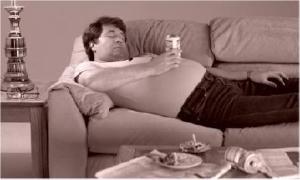
From Chapter 15:
“Once again, it is important we discuss “sedentarianism” and the role that city planners and developers have in this social disease. Sedentarianism is propagated by suburban sprawl, box stores, and zoning laws in suburban, rural, and urban communities. Fast food becomes the standard meal for working families when isolated communities are not offered convenient fresh food choices due to zoning laws that favor large chain stores over neighborhood grocers and/or farmer’s markets. Sedentarianism produces higher crime rates when urban communities have zoning laws that permit liquor stores on every corner, selling alcohol, cigarettes, soda and even guns. Sedentarianism increases diabetes rates when these same communities have grocery stores with fresh food on the average of a mile apart with fast food alternatives in closer proximity. Sedentarianism increases isolation when we build new housing tracts far from a city’s hub without connecting public transit. Sedentarianism increases addiction and obesity rates through isolation when we allow apartment buildings to exist without playgrounds, parks, and safe outdoor common areas and/or community centers. Communities forced indoors due to limited healthy opportunities to interact experience numerous negative consequences that impact the larger society.
If we replace six-foot high solid fences and walls that separate and force isolation, with short, and open white picket fences, we invite a smile or wave from a neighbor. If we create front porches with benches or swings that encourage neighbors to sit and greet passersby during morning and evening walks, we encourage familiarity and conversation with one another. If we design garages that do not dominate the front of a house, but are discreetly set in the back or to the side, observation and connectedness become priorities, replacing isolation. We remove the fear factor, “the fear of the unknown.” Lack of knowledge about our neighbors creates a climate of mistrust, fear, and secrecy. These emotions are breeding grounds for crime because unknown community members lack accountability. Isolation robs a person of the feeling of belonging or responsibility to a larger community.
A heightened sense of belonging and higher quality of life is invaluable to every resident, regardless of age. Safety and inclusion result when grocery shopping is within walking distance, bicycling trails are within every housing tract and neighborhoods connect to every other neighborhood, and are continued to downtown areas in all residential and commercial zones—regardless of distance. This community model is not new; it has been the common European model for centuries; in fact, most of the world’s communities are designed like this and should be celebrated and maintained instead of being replaced with the highly problematic designs of the U.S. suburbs and urban areas.
Commercial facilities and factories with healthy outdoor environments also experience more indoor productivity by increasing employee satisfaction during breaks and lunches. Bicycle trail connectedness from residential communities to the workplace and shower/change facilities at work increase employee health and reduce sick days. Plain and simple: connectedness increases well-being and safety for all.
Communities designed with the citizenry walking and greeting each other have less crime and less problems with adolescents because again, all eyes are upon everyone: nature’s built-in—free of cost—security system.”
from The New Physics of Childhood: Replacing Modern Myths with Simple Strategies
I was in Finland this past winter. After only 1 week, I had already learned about the issues arising from the isolation Somalian immigrants were feeling in Helsinki. Racism and cultural differences are creating a situation that is causing many of these intimidated immigrants to remain indoors, escaping their pain through television.
This newly produced Finnish problem smelled awfully familiar to what I have seen evolving within the immigrant Latino communities I am familiar with in the U.S., specifically California. Disenfranchised populations will isolate themselves as a survival mechanism, yet the devastating effects of sedentarianism prevail in these situations such as obesity, insomnia, depression, aggression, and illness, among others. When immigration policies create fear in any community, sedentarianism increases with all of its by-products.
The education component of sedentarianism is just as important to consider in the future financial and economic health of our planet. When children and adults are sitting in front of a television or video game or spending hours of useless time on cell-phones and computers (versus productive time), every community is losing this valuable time individuals used to be spending on reading, creating, training, and working. The long-term devastating 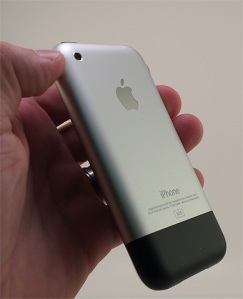 effects on our global culture are yet to be seen now that our current focus and mania has become the latest “App” or “Tweet” or “Wall Post” instead of the real, tangible activities that drive any healthy economy.
effects on our global culture are yet to be seen now that our current focus and mania has become the latest “App” or “Tweet” or “Wall Post” instead of the real, tangible activities that drive any healthy economy.
We know today, that children are under-educated, but they are also becoming socially and emotionally incapacitated with an increasingly sedentary culture if they are not getting the “optimum” physical and social face-to-face opportunity to develop these crucial communication and social skills with their own families, peers, and community members. Technology has created more opportunities for socialization on one hand, but on the other hand it has also created more isolation from the outer world, specifically the outdoor and in-person social world where instincts and a multitude of sensory skills are developed.
We have replaced productivity with hobbies, feeding this disease of sedentarianism until now it has become so interconnected into our daily life that it is accepted as normal, even with symptomatic abnormal behaviors like insomnia. These time wasters of misplaced creativity and distractions are the pathogens, but what we don’t realize is that these pathogens are weakening our physical, psychological and social constitutions which are reducing our chances to transform into productive and prosperous societies. New technology, like a euphoric, fleeting cocaine buzz, has now become indispensible to our economic growth and to everyday life. The product pushers of our economy, who are also addicted, deny this dilemma because it feeds the larger monster: the global economy. Now, as a global culture, we are addicted to the products and behaviors that promote sedentarianism. Country by country, those who adopt our American dysfunctional ways and seductive products are suffering the same symptoms such as obesity, behavioral problems, learning challenges, suicide, etc. These results are all connected to this spreading addiction of sedentary indoor activities that are replacing the vital physical needs of our bodies, minds and spirits. Though, if we carefully examine this quandry that feeds our economy while killing our population, we can begin to design and promote a new era of productivity based on the real needs of the human being, not perceived, vacant, market driven products that feed the spread of this disease/addiction.
Personally, like the billions of others, I am enthralled with all of these social networking tools. I Twitter & have several Facebook pages & blogs, but I have seen in my own life how addicting these activities can become. I made a vow this Spring to make the effort to start working more with my hands again and not just on a keyboard. I started a bit of gardening and made a blanket for my new granddaughter that will arrive in August. Last night, as I sewed all of the crocheted squares of her blanket together. I reveled in this very tangible act of love that would last for many years, just as my latest grandson’s blanket has lasted for him.
At the end of the day, a tangible, creative and lasting measure of my efforts is the most rewarding, whether it be a weekend with my daughters and grandchildren, a published book or a blanket. For me, these are the measure of success. (Of course, I also feel accomplished when a blog post receives an abundant amount of hits and/or comments.) We all have to find our own measure of success and go for it until we achieve it and then go for it again and again and again. It may be that part of that success does involve sitting at a computer, but at the end of the day, isn’t balance what we are striving for to ensure we are not suffering the effects of sedentarianism? When we stop going for it is when we are more susceptible to the many addicting distractions of sedentarianism. The distractions that can take us further from ourselves and leave us feeling empty and unfulfilled at the end of every day. We all have physical, psychological and social needs to be fulfilled, regardless of where technology is leading us.
Of course, in my own life, I have found that by being honest with myself about my own vulnerability to succumb is the first step. Then, I know that I need to make sure I start my day physically with exercise, because if I have numerous tasks to accomplish on my laptop such as this blogpost, I know that I will get sucked into this seductive world and that my body will suffer if I don’t start with exercise first! For me, insomnia and body aches are my clues that I have been too sedentary. We each have our own warning signs. I also know that those around me are observing and learning from my own choices, so I have to kick it up a notch, which becomes a motivator. I love it when my 1 1/2 year old grandson, Hudson comes to watch me exercise and joins in to do his squats. Hudson also gets me out of the house for walks more frequently than when I am by myself. I am just as prone to sedentarianism as the next person. It takes tremendous will power to counteract the everyday temptations like that closer parking spot, the elevator instead of the stairs, television all evening instead of a refreshing walk around the neighborhood, coffee before exercise (which will ruin everything for the day).
Sedentarianism is a preventable. Whether it is cultural disease or addiction, it is being fed in many forms throughout our days in blatant and oh so subtle ways. Even baby monitors today make it unnecessary for a parent to get up and walk to their child’s bedroom to see if they are okay! It seems like every latest invention is geared toward less physical activity, not more. Many of the newest children’s outdoor toys are now battery operated so kids don’t even need to use their legs to make their bike or razors move!
With honesty and awareness we can consciously insist and reward innovations for anyone responsible for city planning and/or new inventions make considerations to increase walking, movement and productivity, while boycotting products or community designs that promote the life-threatening, costly effects of sedentarianism. We are creative beings that are always searching for products or “Apps,” to make life easier, but if easier means less physical movement, perhaps we should consider passing! Maybe that is where the next phone “App” revolution should be: to increase physical activity. I am still waiting for this idea for every classroom in the U.S. : Energy Efficient Bicycle-Powered Classroom Focusing on inventions like this will stamp out sedentarianism!
Granny Pants
Owner, Chamelea Productions
Author of The New Physics of Childhood: Replacing Modern Myths with Simple Strategies

